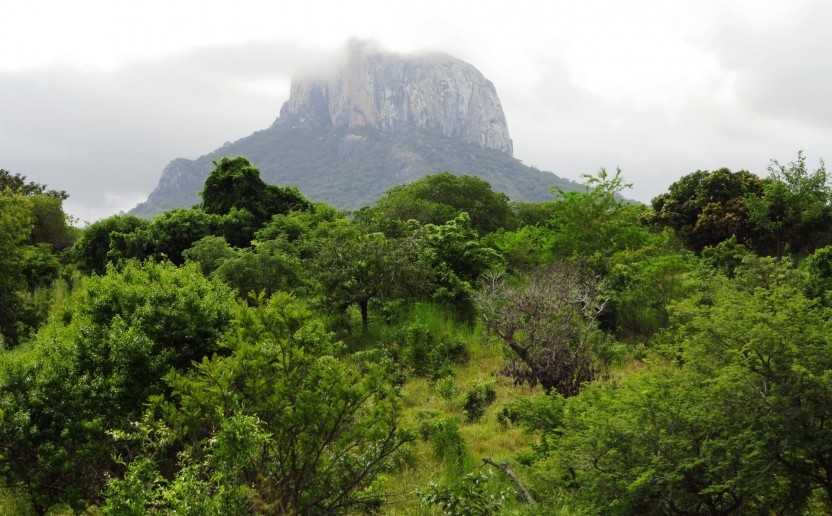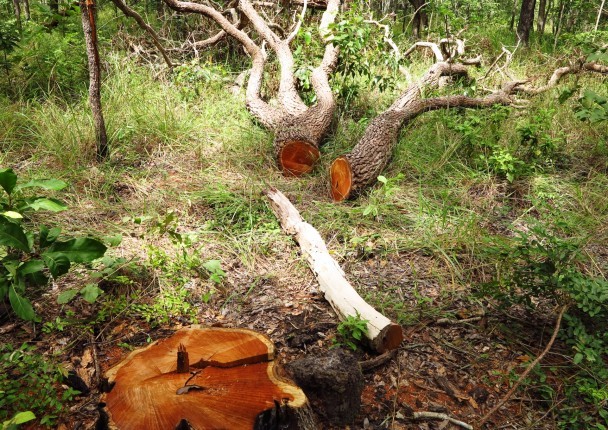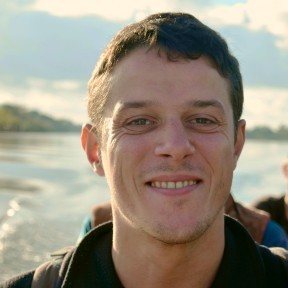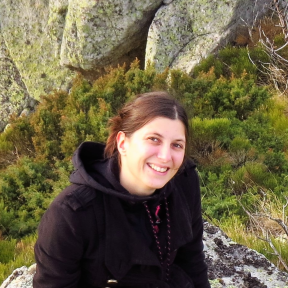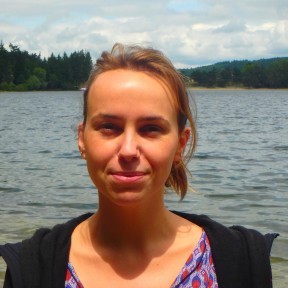RN Gilé - Pilot project to mitigate deforestation and Miombo forest degradation in the Gilé National Reserve, Mozambique
Partners
Main goals
The Gilé National Reserve (GNR) used to be one of the most preserved treasures of biodiversity in Mozambique.
Mainly composed of dry forest, known as Miombo forest, the GNR hosted the last black rhino population of Mozambique. However, it suffered from the collateral damages of the Mozambican civil war: in 20 years, all of the GNR infrastructures were destroyed and its wildlife was reduced to almost zero.
Since 2009 the International Foundation for Wildlife Management (IGF), benefiting from a loan from the French Global Environment Facility (FFEM), is striving to rehabilitate the Reserve through the re-establishment of its infrastructures, anti-poaching activities and wildlife reintroduction (buffalo, wildebeest, zebra…). So far, those actions have proved to be efficient as wildlife populations are now increasing again.
Specific objectives
- Contribute to the Mozambican REDD+ strategy through a bottom-up approach
- Promote an inclusive economic development and protect the environment via carbon funding
- Mitigate deforestation that is increasing on the outskirts of the Reserve, as a result of both population increase and shifting “slash & burn” agricultural practices – which are space consuming
Beneficiaries
Population living around the Reserve of Gilé Mozambique State
Results
R1. Securing a sustainable source of funding that will enable to continue the rehabilitation efforts that have been made
R2. Working more closely with the communities living around the Reserve in order to promote an inclusive economic development and mitigate deforestation
R3. In order to meet those two challenges, FFEM decided to launch a REDD+ project in the GNR
R4. Implement, with local communities, agro ecological techniques that foster both food security and forest conservation
R5. Deforestation rate is expected to decrease: thanks to the REDD+ mechanism, it will be valued by the commercialization of carbon credits as a means for long term funding of the activities that have been launched with local populations and for the management of the Reserve itself
Activities
A1 Quantification of carbon stocks and historical deforestation rate and estimation of future deforestation and the potential for greenhouse gas emissions reductions
A2 Designing of a REDD+ strategy for the project and validation of the project by an internationally recognized certification body
A3 Support to 300 smallholder families to adopt agro-ecology practices on about 450 ha, 60% of which should be part of agro-forestry systems based on cashew trees
A4 Designing of 6 agro-environmental plans of actions with 6 communities around the Reserve
A5 Management of the Reserve (anti-poaching units, infrastructures maintenance, biodiversity monitoring, fire prevention)
REDD+ MOZAMBIQUE from CAD Productions on Vimeo.
Related documents
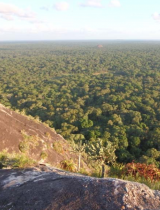
Master's thesis - Field study on the Miombo forest regeneration around the Gilé Nationale Reserve
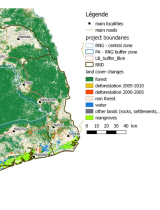
Project Document Design (PDD) according to the VCS standard of the REDD project of the Gilé National Reserve
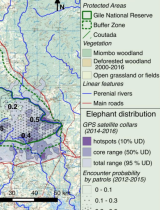
Project Document Design (PDD) according to the CCBA (Climate, Community and Biodiversity Alliance) standard of the REDD project of the Gil…

Final Evaluation Report - Reducing deforestation and degradation in the Miombo forests of the National Reserve of Gilé and its periphery
Related people
Clovis Grinand
PhD in Functional Ecology and Agronomic Sciences (SupAgro, IRD and CIRAD) and specialized in Localized Information Systems for Spatial Planning (AgroParisTech), he is an expert in land use change monitoring using remote sensing, digital soil mapping and spatial modeling applied to forestry, agronomy and landscape ecology. He is the author of numerous international scientific publications.
See moreMarie Nourtier
PhD in Forest sciences conducted at INRA Avignon, EMMAH research lab, she brings her expertise in forest ecology, support for REDD+ mechanism and carbon accounting, Environmental and social impact assessment of projects, project management and supervision of technical work
See moreFrédérique Montfort
Doctor of AgroParisTech in environmental sciences, she brings her expertise on the biodiversity component and on the degradation and restoration of forest landscapes. She joined N’Lab de Nitidæ in 2017 to carry out her thesis with the association, UR Forêts & Sociétés and UMR Tétis on the degradation and restoration of Miombo forest landscapes in Mozambique. She is currently conducting studies and technical support (capacity building, technology transfer) on various projects of the association
See moreMOZBIO - Support to the development of…
